Team:Glasgow/Nissle
From 2011.igem.org
| Line 19: | Line 19: | ||
<p><font size="1" font color="grey"> Graph 1: The total percentage of cells dispersed when a biofilm is transferred into new media vs time in hours </font></p> </div> | <p><font size="1" font color="grey"> Graph 1: The total percentage of cells dispersed when a biofilm is transferred into new media vs time in hours </font></p> </div> | ||
| - | <p> The data also showed that over time the amount of cells firmly within a biofilm increases at a similar rate to those that disperse and are not attached to the biofilm.</p> | + | <p> The data also showed that over time the amount of cells firmly within a biofilm increases<br/> at a similar rate to those that disperse and are not attached to the biofilm.</p> |
<div> | <div> | ||
Revision as of 17:08, 21 September 2011

E. coli Nissle 1917 - A novel biofilm-forming chassis
When the team began thinking about our project in May, we decided that it would be interesting to work with biofilm forming bacteria, however, we encountered several problems before we were able to start measuring the effect of our biobricks.
Firstly, we needed a repeatable method through which to form biofilms. As research in this area is relatively new, there are a large number of proposed methods available for growing biofilm. Unfortunately, many required specialised materials which we did not have access to or were prohibitively expensive. In the end, we developed a new protocol for growing biofilm based on a number of other protocols and the materials that we had available to us in the lab.
Next we required an assay through which to measure biofilm formation and dispersal. This required not only qualitative measurements (ie - has any biofilm formed at all?) but also in a manner which generates quantitative results. Again, other methods for this do already exist but were inaccessible to us because of cost or availability - because of this we generated a method for measuring formation and dispersal using the materials that we had available.
When we came to actually attempting to form biofilm we encountered another problem: many of the lab strains of E. coli have selectively lost their ability to form biofilm due to chromosomal deletions. We considered using alternative organisms to form biofilm but decided against this path as a majority of the biobricks available in the registry have already been optimised for use in E. coli. Whilst researching different strains of E. coli with the ability to form biofilm a member of our team came across the Nissle 1917 strain. It has previously been documented on multiple occasions to be safe for human consumption and is commercially available as Mutaflor tablets in Germany.
Base Rate Dispersal of E.coli Nissle 1917
MethodTo measure the base rate of dispersal glass slides were put into 50ml tubes containing 20ml of LB broth. The LB covered around a third of the glass slide, this is the area where the biofilm would form. The LB was then inoculated with 20μl of overnight culture of E. coli Nissle. These tubes were then left on a bench top shaker at room temperature for a set amount of time (time points ranged from 1hr to 48hrs). After the biofilm had grown its alloted time the glass slide was carefully removed and placed into a fresh 50ml tube with 25ml of LB (which completely covered the biofilm) and left to allow the bacteria to disperse for 1hr. The slide was then transferred to a fresh 50ml tube with 25ml of LB. The biofilm is scraped off the slide using a thin flexible spatula. At this point both the dispersed cell and the biofilm scrapings were sonicated to stop clumping and plated in serial dilutions.
The time series was carried out with Nissle (details see lab books) the same way as detailed for P. aeruginosa in the Biofilms section. It showed that on average 48% of the cells within a biofilm will disperse once the biofilm is transferred into fresh media. The percentage dispersed was expected to be inversely correlated to the size of the biofilm, because we expected a larger biofilm to have a higher affinity for the cells it holds. However, the data shows that the percentage dispersed is relatively constant, and varies between 30-60% dispersal.
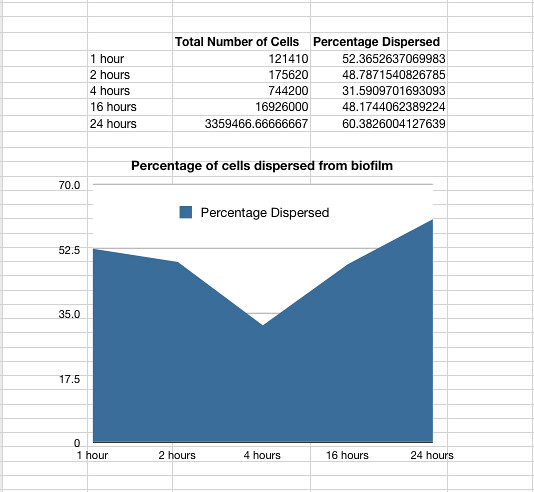
Graph 1: The total percentage of cells dispersed when a biofilm is transferred into new media vs time in hours
The data also showed that over time the amount of cells firmly within a biofilm increases
at a similar rate to those that disperse and are not attached to the biofilm.
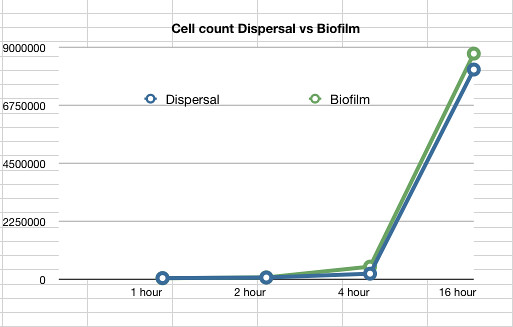
Graph 2: The estimated number of dispersed cells compared to the number of biofilm cells vs time in hours
View the full spreadsheet of E.coli Nissle 1917 dispersal here
We have successfully created chemically and electrically competent E.coli Nissle 1917, and transformed them with RFP for proof of principle - and because it enhances biofilm documentation, as can be seen in Picture 2 below.
Since Nissle have proven to be transformable, and have distinct biofilm-forming abilities we have made the cells available to the Registry as a novel chassis for use in further research and projects involving biofilms.
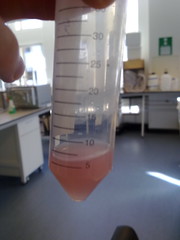
Picture 1: RFP transformed E.coli Nissle overnight culture |
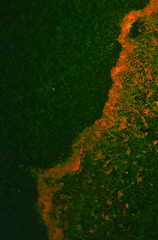
Picture 2: A 24-hour biofilm of RFP E.coli Nissle |
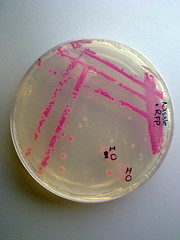
Picture 3: Streaked RFP transformed E.coli Nissle |
 "
"
